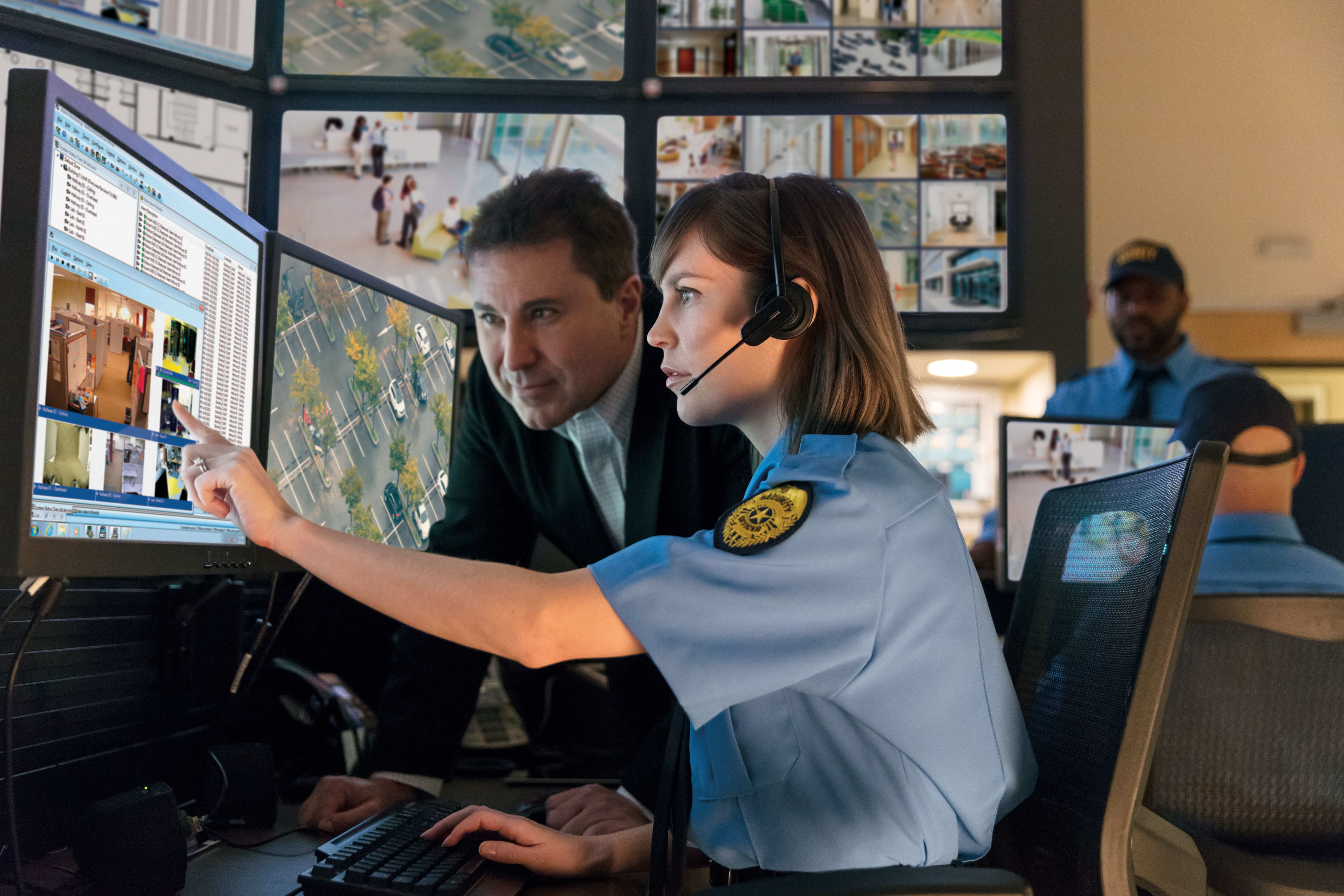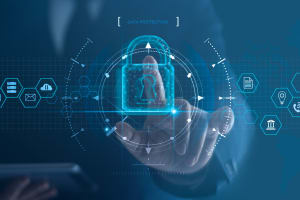8 Ways to Think About the Relationship Between Security and Privacy
Privacy and security are critical to the design, installation and operational requirements of physical and cyber systems

Privacy and security are critical to physical and cyber systems' design, installation, and operational requirements. Over the last 15 years, security and cybersecurity have moved from being a begrudgingly funded expense line item to a key resiliency issue for the C-Suite and boards. The same story is evolving around privacy. Privacy has gone from a legal and compliance issue to something critical to people and organizations.
This focus is driven by the increase in laws around the globe and the increased frequency and reaction to both surveillance capitalism and improper surveillance. Recent laws include the General Data Protection Regulation (GDPR) and many privacy and surveillance laws in the United States, Canada, South America, Africa and Asia-Pacific regions. The United States also has a long and growing body of federal, state and local privacy and surveillance legislation for information security and right to privacy. In addition, global information technology frameworks and standards such as ISO, NIST and others now include privacy.
What is the Difference Between Privacy and Security?
Security focuses on protecting data and systems from unauthorized physical access or attacks. It involves measures like physical and cybersecurity, in addition to access controls systems. The goal is to prevent breaches and keep the information intact and available.
Privacy, on the other hand, emphasizes control over personal information and its confidentiality. It includes practices like data anonymization, consent management, and information handling policies. The aim is to take personal data appropriately and in line with legal and ethical standards.
While security defends against external threats, privacy respects individual rights and preferences concerning personal information.
Understanding Privacy and Security: 8 Key Insights
Often you find segmentation in organizations around privacy (lawyers) and security (IT and physical security), which hinders understanding the compatibility and interdependency of privacy and security. Embedding security and privacy in day-to-day operations will benefit all and should include the following considerations:
1. Privacy and Security are Interconnected
Remember that privacy versus security is a false dichotomy. Privacy and security complement and strengthen each other in many ways.
2. People Enhance Privacy and Security
Create a privacy and security protocol within your organization and talk about it often with your team. The more your team knows and values privacy and security, the more they can adhere to these policies effectively.
3. Privacy, Security, and Usability During Design
Embed security, privacy and usability at the design stage. This protects user data and information, reducing cybersecurity threats, cyber physical attacks, and unauthorized access. It also focused on usability, making the product or service user-friendly and intuitive for a better user experience.
4. Privacy Needs Security
Perform the appropriate risk assessments for identity, surveillance, security and privacy across an organization and its ecosystem's business, operational, legal, technical, and social goals. Privacy is only possible with an appropriate level of security.
5. Transparency in Privacy and Security
Transparency improves both privacy and security. For any cryptographic system to be trusted it must be made public for peer review and selected among a range of candidates. Examples of how transparency improves the strength of security include public revocation lists and public validation endpoints.
6. Incorporating Reciprocity and Proportionality
Reciprocity enables control and interaction with your privacy and personal information as opposed to a catch-all “I Agree” button. Proportionality is a balance of power at the point where a person might agree to something, usually with a legal entity.
7. Proactive Measures in Privacy and Security
Create a privacy point of contact, landing page and understand your public privacy profile. Empower an individual to be the lead on privacy and work across that organization and business ecosystem.
8. Establishing Privacy Code of Practice
This gap is often filled by industry associations that establish codes of ethics, conduct and practice. Companies should clearly state their commitment to privacy standards, implement necessary security measures, and be transparent about how they collect, store, and use user data. A Privacy Code of Practice can also help mitigate risks, protect sensitive information, and prevent data breaches.
Enhance Your Privacy and Security with LenelS2
The interdependence between security and privacy is critical to designing and using security systems. With security and privacy appropriately incorporated into day-to-day operations, organizations will be able to more effectively manage risks and protect those systems' users according to evolving legal requirements.
LenelS2 offers security solutions that can help you enhance the privacy and security of your organization. Request a demo today to learn more.



